Jorge Brea
A Bayesian Approach to Income Inference in a Communication Network
Nov 10, 2018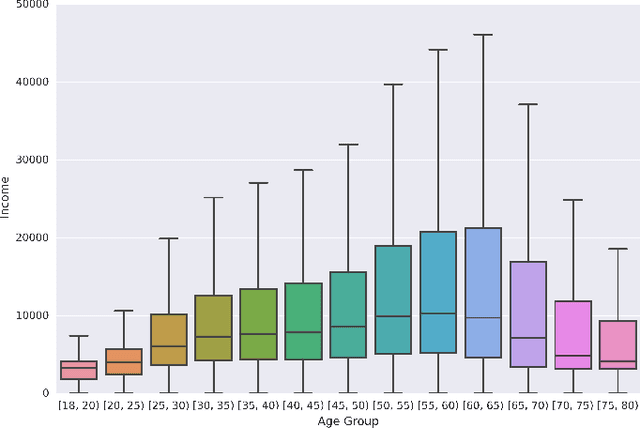
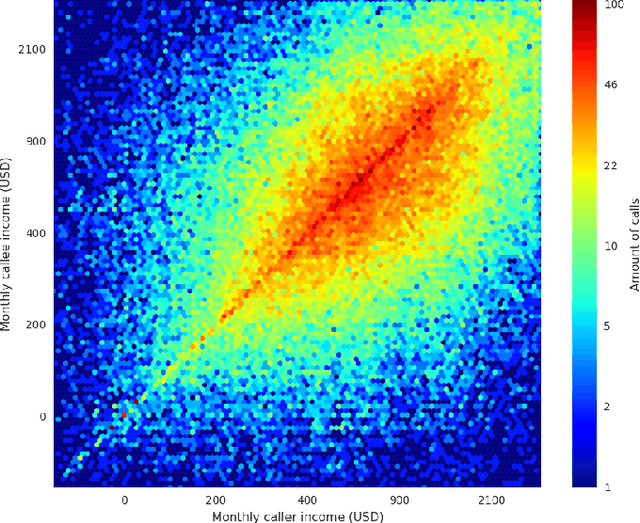
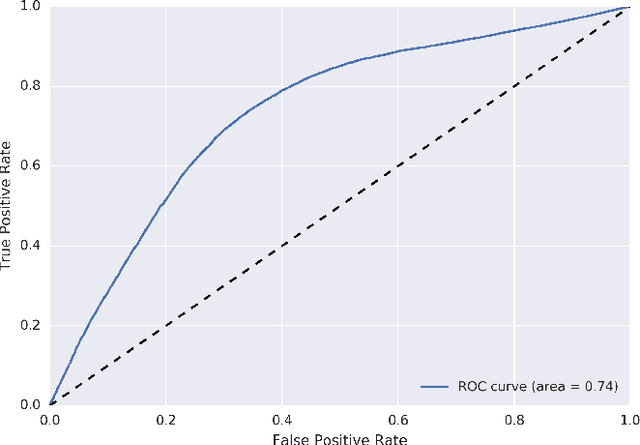
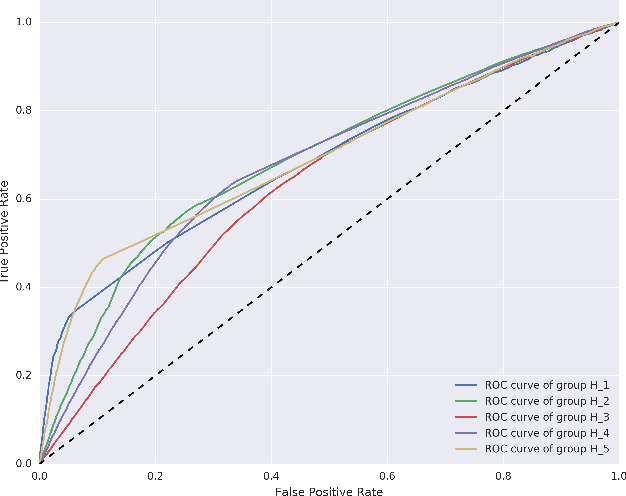
Abstract:The explosion of mobile phone communications in the last years occurs at a moment where data processing power increases exponentially. Thanks to those two changes in a global scale, the road has been opened to use mobile phone communications to generate inferences and characterizations of mobile phone users. In this work, we use the communication network, enriched by a set of users' attributes, to gain a better understanding of the demographic features of a population. Namely, we use call detail records and banking information to infer the income of each person in the graph.
Inference of Users Demographic Attributes based on Homophily in Communication Networks
Aug 01, 2018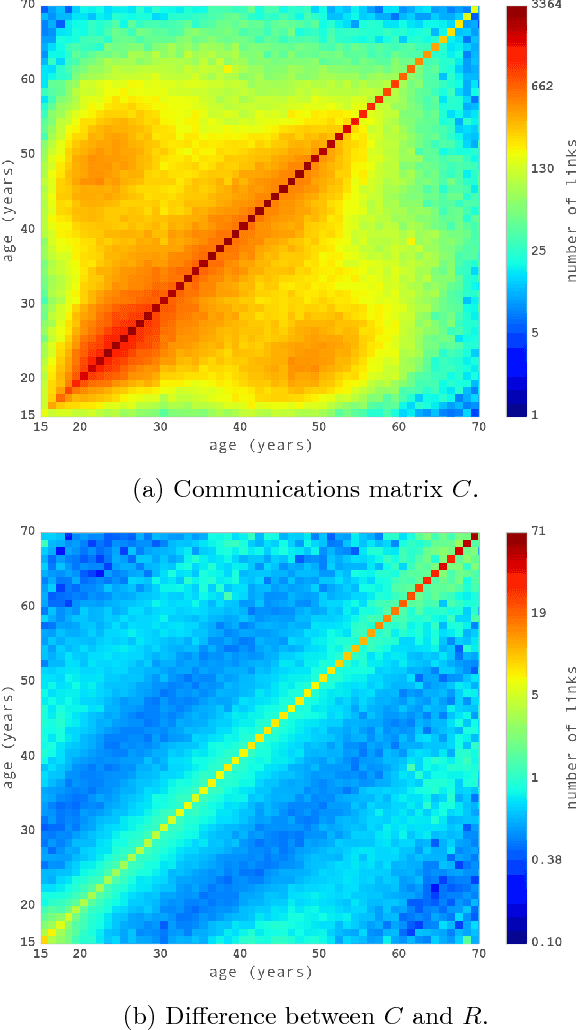
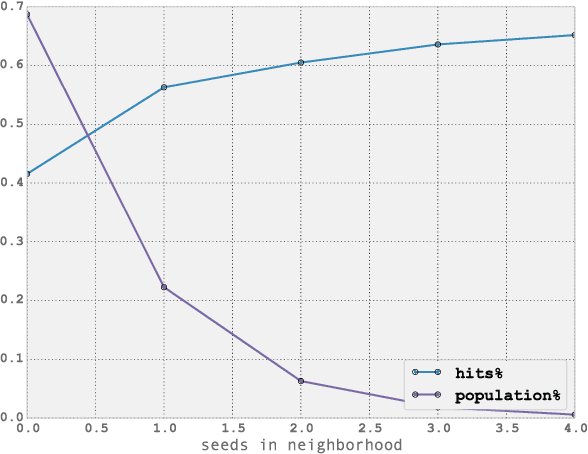
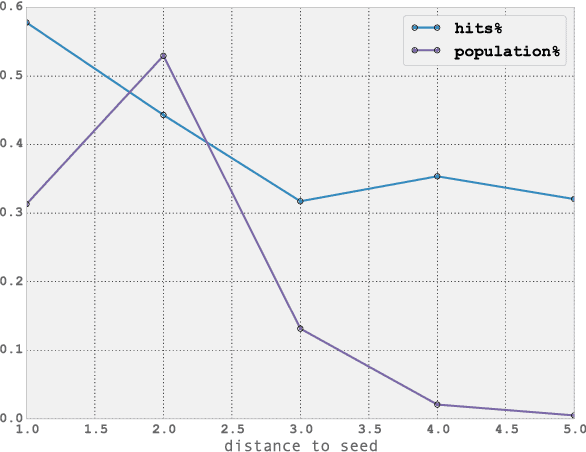
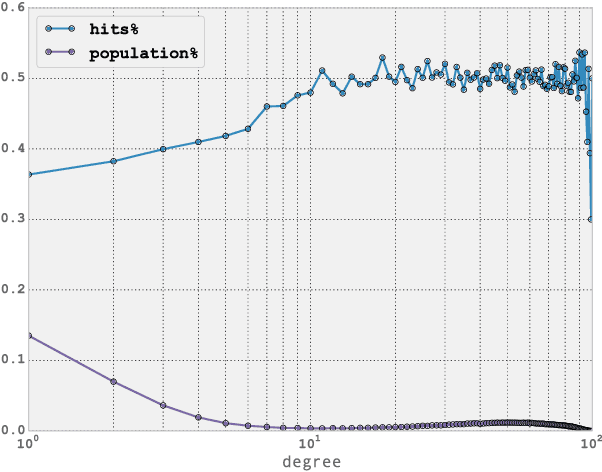
Abstract:Over the past decade, mobile phones have become prevalent in all parts of the world, across all demographic backgrounds. Mobile phones are used by men and women across a wide age range in both developed and developing countries. Consequently, they have become one of the most important mechanisms for social interaction within a population, making them an increasingly important source of information to understand human demographics and human behaviour. In this work we combine two sources of information: communication logs from a major mobile operator in a Latin American country, and information on the demographics of a subset of the users population. This allows us to perform an observational study of mobile phone usage, differentiated by age groups categories. This study is interesting in its own right, since it provides knowledge on the structure and demographics of the mobile phone market in the studied country. We then tackle the problem of inferring the age group for all users in the network. We present here an exclusively graph-based inference method relying solely on the topological structure of the mobile network, together with a topological analysis of the performance of the algorithm. The equations for our algorithm can be described as a diffusion process with two added properties: (i) memory of its initial state, and (ii) the information is propagated as a probability vector for each node attribute (instead of the value of the attribute itself). Our algorithm can successfully infer different age groups within the network population given known values for a subset of nodes (seed nodes). Most interestingly, we show that by carefully analysing the topological relationships between correctly predicted nodes and the seed nodes, we can characterize particular subsets of nodes for which our inference method has significantly higher accuracy.
 Add to Chrome
Add to Chrome Add to Firefox
Add to Firefox Add to Edge
Add to Edge